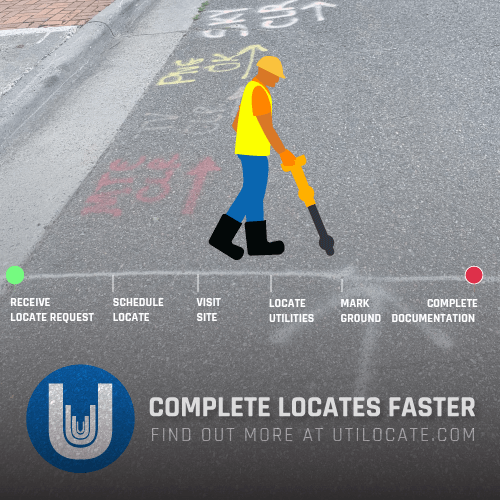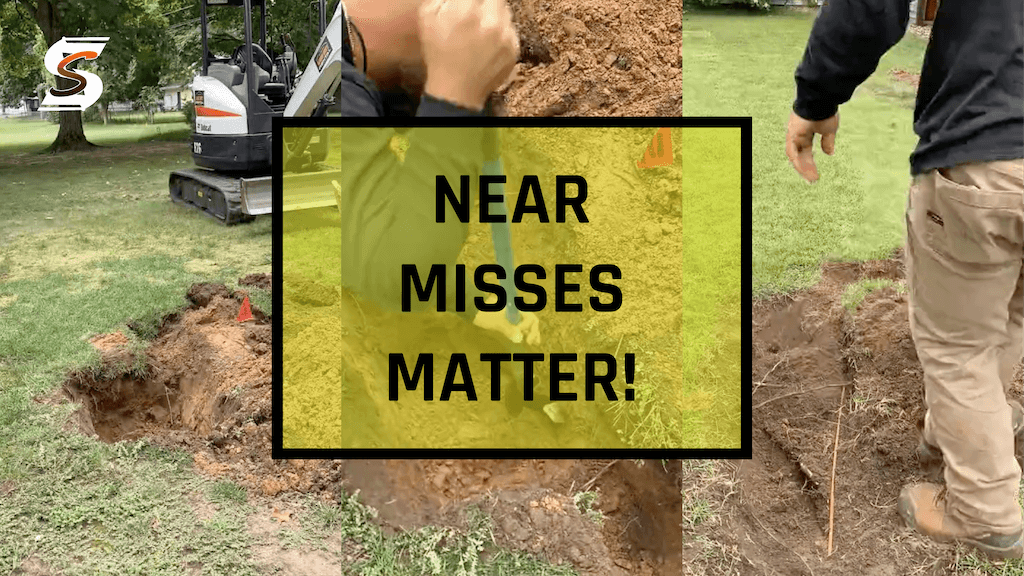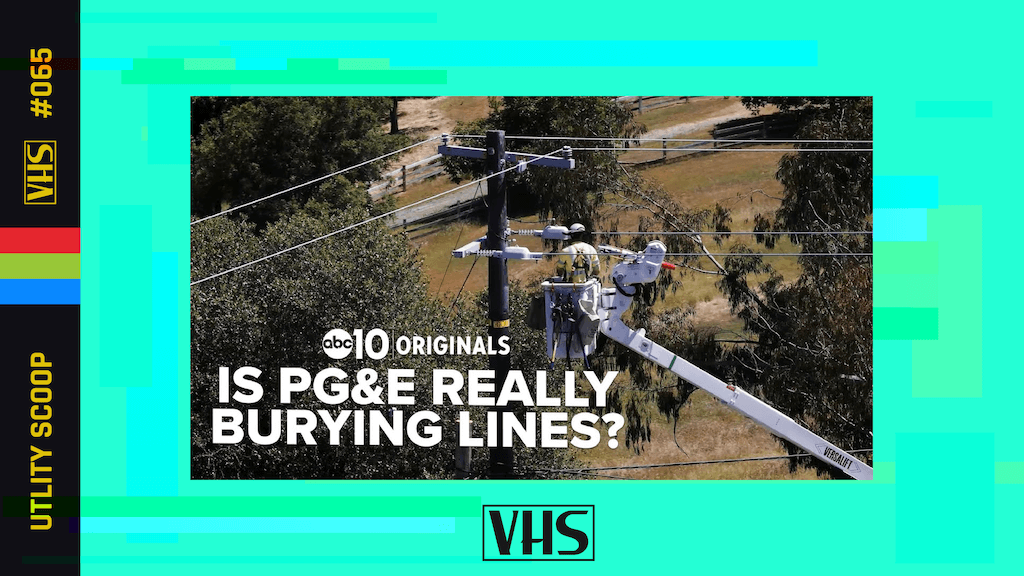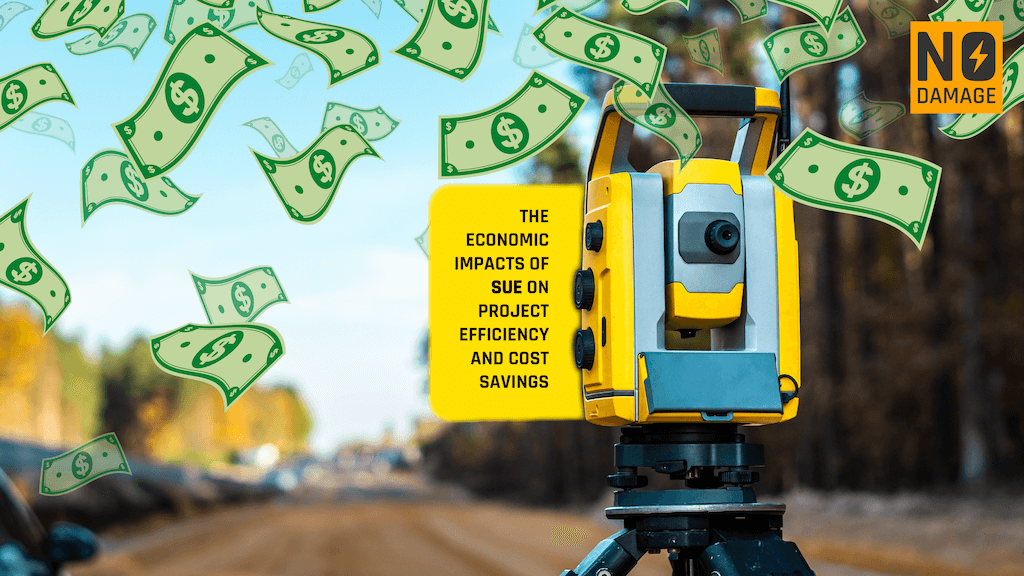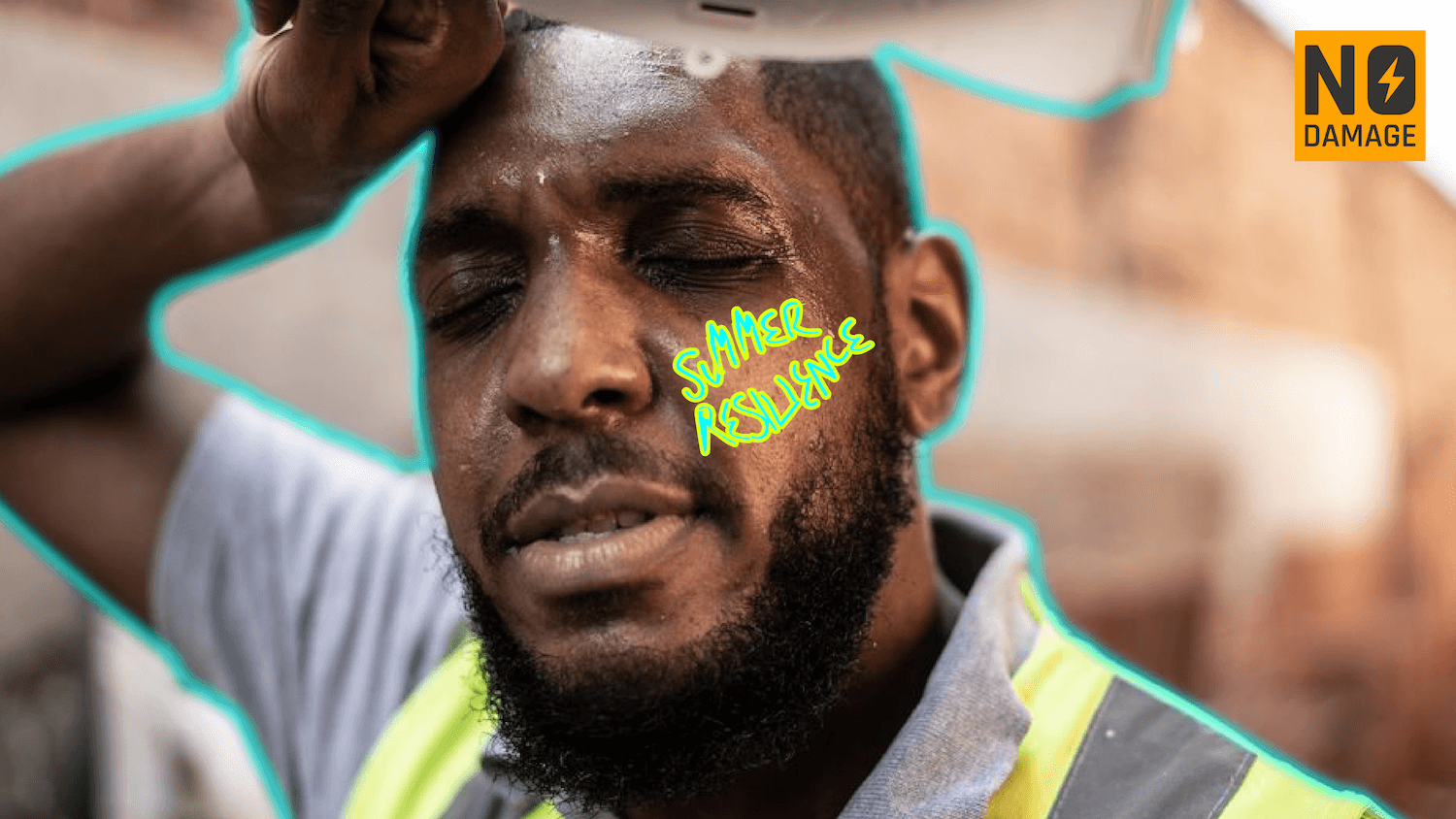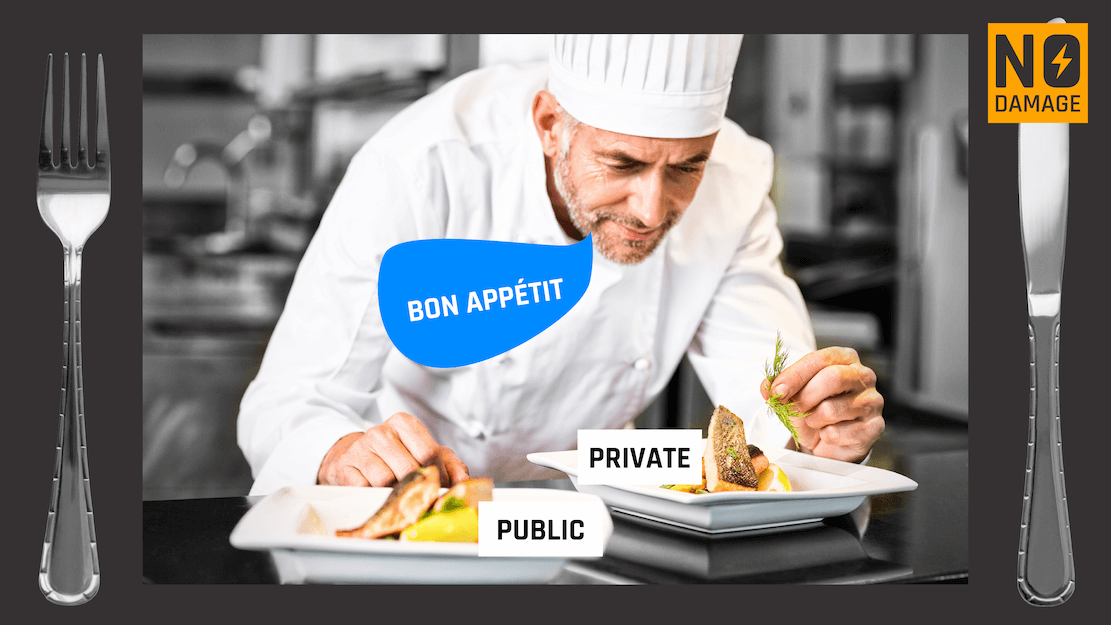
I recently shared a video from the Barstool Sessions, where Jemmie and Mike engaged in a thought-provoking conversation. The central focus of their discussion revolved around the current state of the 811 locate process. In particular, they delved into the pressing issue of the significant shortage of staff in comparison to the ever-increasing number of locate requests. This discussion shed light on the challenges and complexities faced by the 811 industry and the urgent need for solutions to bridge this widening gap between available personnel and the escalating demand for locates.You can watch the video here:
In my post I noted, “Jemmie's argument is that we can't treat each ticket equally" Whether it's risk or profitability, we've got customers starting to prioritize tickets based on metrics which the locate companies choose especially now that we can do risk calculations within a TMS and take advantage of sophisticated routing algorithms
Jemmie commented, “Imagine if the fire department, police department, EMS, etc. treated all calls/events the same and sent the same resources to every event from a cat in a tree to a stampede at a rock concert in a stadium with 75,000 people. Because "all calls are important". That is where the damage prevention industry is at.” Which I thought was a pretty apt description of where we're stuck right now and what the bottleneck is.
To which Bill Daniel raised a really good question:, “How would you regulate and/or enforce One Call laws based on priority of a ticket? A specific ticket type might not be a priority for an electric company, but it is to a gas or communications operator.” He also stated “You can’t ignore or change the law or risk the safety concerns because of staffing challenges.”
That’s true and is a terrific question which needs to be addressed before any change could be considered. Balancing the imperative of prioritizing locate requests within the 811 industry while simultaneously upholding the necessity for enforcement compels us to adopt a comprehensive strategy. Central to this strategy is the adoption of a Risk-Based Prioritization system, representing a substantial shift in our approach. This move could be pivotal in our quest to establish a safer, more effective system which removes the bottle neck. It should also be noted that sometimes contractors do not wait for a locate because they know it will delay them too much - we need to consider them when we're making these suggestions.
Now, let's delve into what I propose to achieve the objectives of accommodating risk-based prioritization, reinforcing legitimate enforcement, enhancing damage prevention, and bolstering safety:
- Limit the maximum amount that can be requested: this will make each ticket more manageable and reduce the scope and number of utilities involved, allowing for more accurate prioritization.
- Auto separation: This would be kind of the opposite of automated clearances. When a high risk utility is detected on a ticket, while still at the 811 center, the high risk utilities could be split off into separate tickets. I think this would address Bill’s point that, “A specific ticket type might not be a priority for an electric company, but it is to a gas or communications operator.” The technology already exists to do this
- Review new utility project designs: This would be similar to what 811 Chicago has already instituted and that was A key factor in reducing their damages by 50% in 5 years. link
- Risk based fines/enforcement: High risk tickets incur higher fines or enforcement measures than lower risk ones. This would be up to each 811 but I think the punishment should match the crime.
- Historical data + Certified Locators: We know where damages have taken place and where they're more common. These can be given a high risk status and it could be a requirement to have a certified locator, complete these tickets or at least double check an uncertified locator's work.
- Institute a Dedicated Locator Model: “A Dedicated Locator is a single resource used to mark all underground infrastructure within a project area.” OOC - It frees up the regular pool of public locate service providers to complete standard locate requests for homeowners and less complex requests. This could be done in sync with risk prioritization
- Public Awareness and Reporting: Public awareness campaigns would emphasize the new risk based approach and the importance of calling 811 before excavation. Encouraging the reporting of violations to local authorities enhances safety and a public awareness campaign can help build support.
- Legislation and Regulation: A review of relevant legislation and regulations is essential to reflect the new priority given to high-risk locates. This should be done while maintaining stringent enforcement measures and targeting a reduction in damages.
This comprehensive approach seeks to strike a balance between prioritizing high-risk locates for safety while simultaneously enforcing accountability across the 811 industry. It aims to enhance both safety and efficiency within the sector. Staffing Challenges aren't going to go away because of legal or safety demands either so I think we need to meet somewhere in the middle and prioritizing risk is the best and safest way to do that.
Will it work in every scenario right away? Probably not, but that’s the great thing about using algorithms to prioritize risk - they’ll learn and provide data which we can use to make better decisions as we go. Better decisions for safety, and productivity. Locator certification is going to be important and I think having certified locators respond to higher risk tickets creates value for them and for our industry where it’s most needed. This might not be the only way to solve our problems but I thought it was worth exploring! What do you think?
Share this Post


